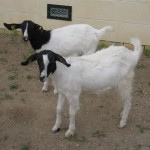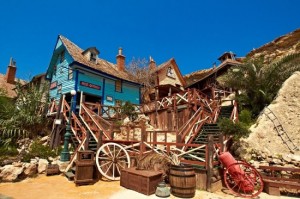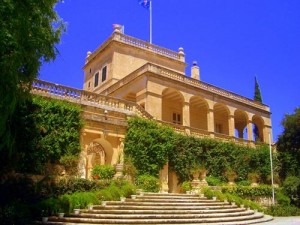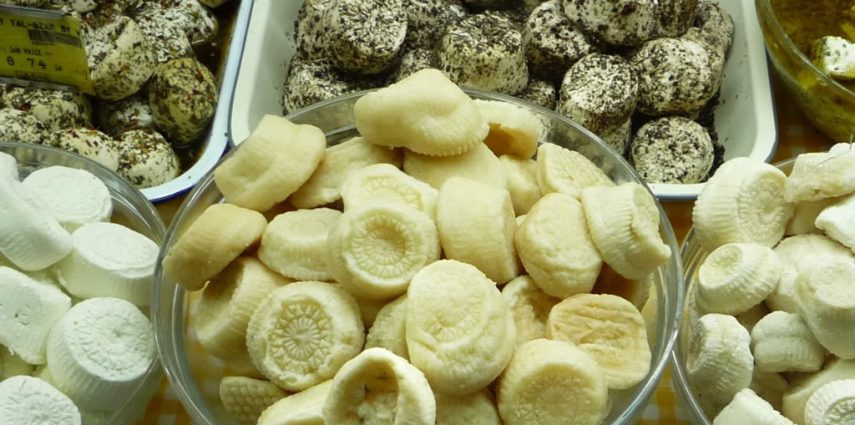There is the music of course – a varied programme of foreign and local acts which this year will revolve around the gypsy theme, with bands from Spain, Croatia and Israel. And there is the gћana – in turn soulful or comical – but always heartfelt, which comes pouring from the stage. And then there is the ambience, too, the beautiful Argotti Gardens, decked with lights and life, providing a fairytale setting to the tunes, old and new, filling the air.
But perhaps the real reason which makes Gћanafest one of Malta’s fastest-growing festivals is the atmosphere: friendly and relaxed, families, young and not-so-young will feel equally at home here. Local artisans work at their crafts before your eyes, and will often chattily explain how they are made. This year, there’s a children’s workshop on tberfil too – the decorative painted lettering often found on the old buses which is rapidly dying out.
Yet despite its increasing popularity, the festival is still intimate enough for details to be curated lovingly. Even the food is carefully picked to a theme: no commercial entities are in sight: you are likelier to find pastizzi, imqaret and all things traditionally Maltese, making this festival – devoted to music, food and crafts – much more than just a series of concerts.
In such a setting, folk music can flourish. Folk’s power lies in its telling of simple stories, the stirring tunes, the stunning rich voices – and this year’s Gћanafest – which will run from 30 May to 1 June with a gypsy/klezmer music theme – promises plenty of all of those. The festival, which is supported by the Malta Council for Culture and the Arts and the Ministry for Justice, Culture and Local Government, is organised under the auspices of Fondazzjoni Ċelebrazzjonijiet Nazzjonali (FCN) in collaboration with Valletta 2018 Foundation.
BGKO – Ghanafest 2014Foreign bands include BGKO (Barcelona Gypsy Klezmer Orchestra), an ever growing family of professional musicians and singers that are often invited for guest appearances. As musicians and singers from Turkey, Slovenia, Switzerland, England, Russia, Serbia, India, France, Greece, Italy, Mexico, Spain, Iran and Israel gave their contribution to the never-ending story, the BGKO brought Klezmer, Gipsy and Balkan music to all generations of Barcelona. Musical band Cinkuši has been playing ethno music for many years, combining their Kajkavian roots and heritage with contemporary trends using many different songwriters and lyrics from sources such as Croatian writer Miroslav Krleža, Joško Božanić, Carmina Burana, The Book of Genesis all the way to the clichés that stir collective emotions. Cinkuši’s music has been included in prestigious foreign and national song collections and the band has collaborated on numerous theatre and film projects. Cinkuši received an award for the best original music at the 13th Days of Croatian Cinema and they were the subject of a documentary by Croatian National Television. Cinkuši’s third album Spiritus Sanctus won the Croatian music award Porin in the category of best ethnic (world music) album of the year.
Ramzailech from Israel will play on Sunday; their formula is simple and highly effective: an unstoppable live act, band members that head-dive right into the crowd, hora-circles and mosh pits of happy people and hardcore klezmer music everywhere. Ramzailech carried the hardcore-klezmer gospel overseas to Europe and even Asia with the spicy mixture of rock, Yiddish, English, Arab, Hebrew and hardcore Klezmer. They will play at Gћanafest 2014 with the support of the Israeli embassy.
The Maltese bands, too, bring their own specific brand of contemporary folk rooted in tradition. From Mistura and Frank O’Neill on Friday night to Kantilena on Sunday night, these bands all bring a focus on the Maltese language and contemporary folk. The qarċilla, too – the wedding parody which was revived for this year’s Carnival – will make a return to this year’s Gћanafest, accompanied by a musical element, on Saturday evening.
Of course Gћanafest remains the biggest local showcase of gћana, offering a unique opportunity to experience the different styles of Maltese folk music. Simple but heartfelt, folk music is often about stories – from the personal to the universal, from the ancient to the modern, and gћana is particularly suited to this type of storytelling. As with gypsy folk music, there is a raw intensity which seems to pour out of a collective soul. Set against the beautiful setting of the Argotti Gardens, with its timeless themes, stirring tunes and rich voices, this is a festival that will not leave you unmoved.
The Festival will be held on 30 May-1 June at 7pm, Argotti Gardens, Floriana – within walking distance from Valletta. Tickets: €3 and €7 for a three-day block ticket available at the door.
www.maltafolkmusicfestival.org
The Changing Face of Folk May 21st, 2014Editor























